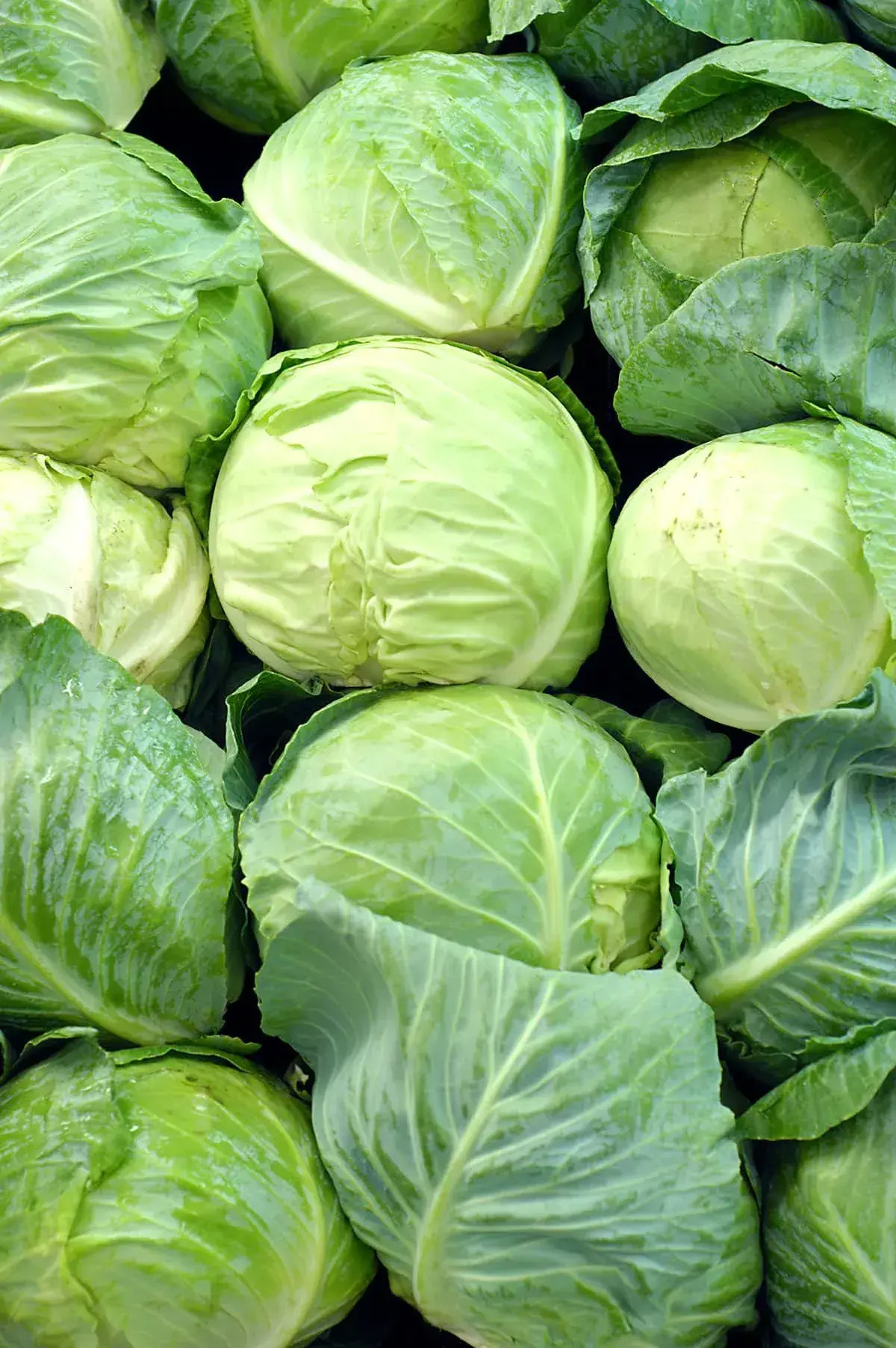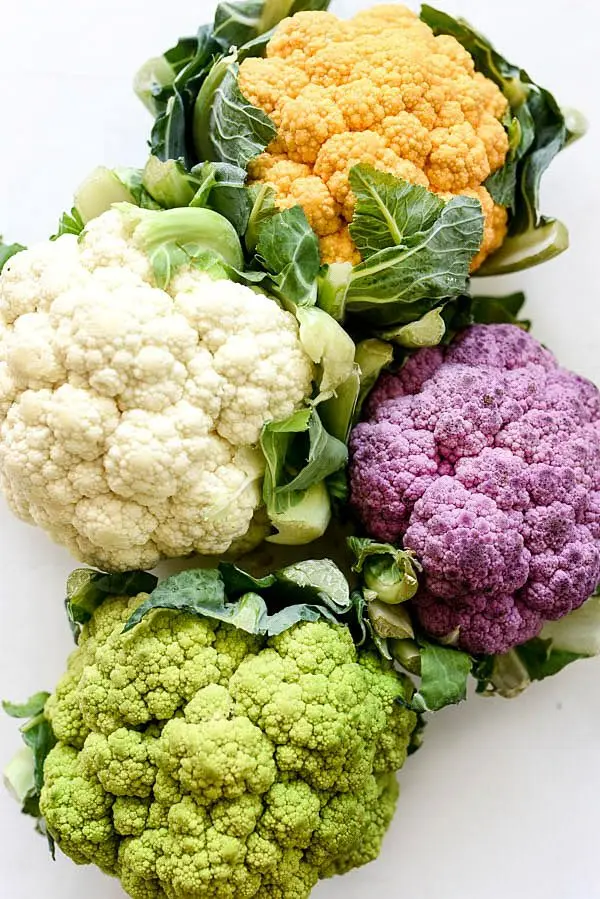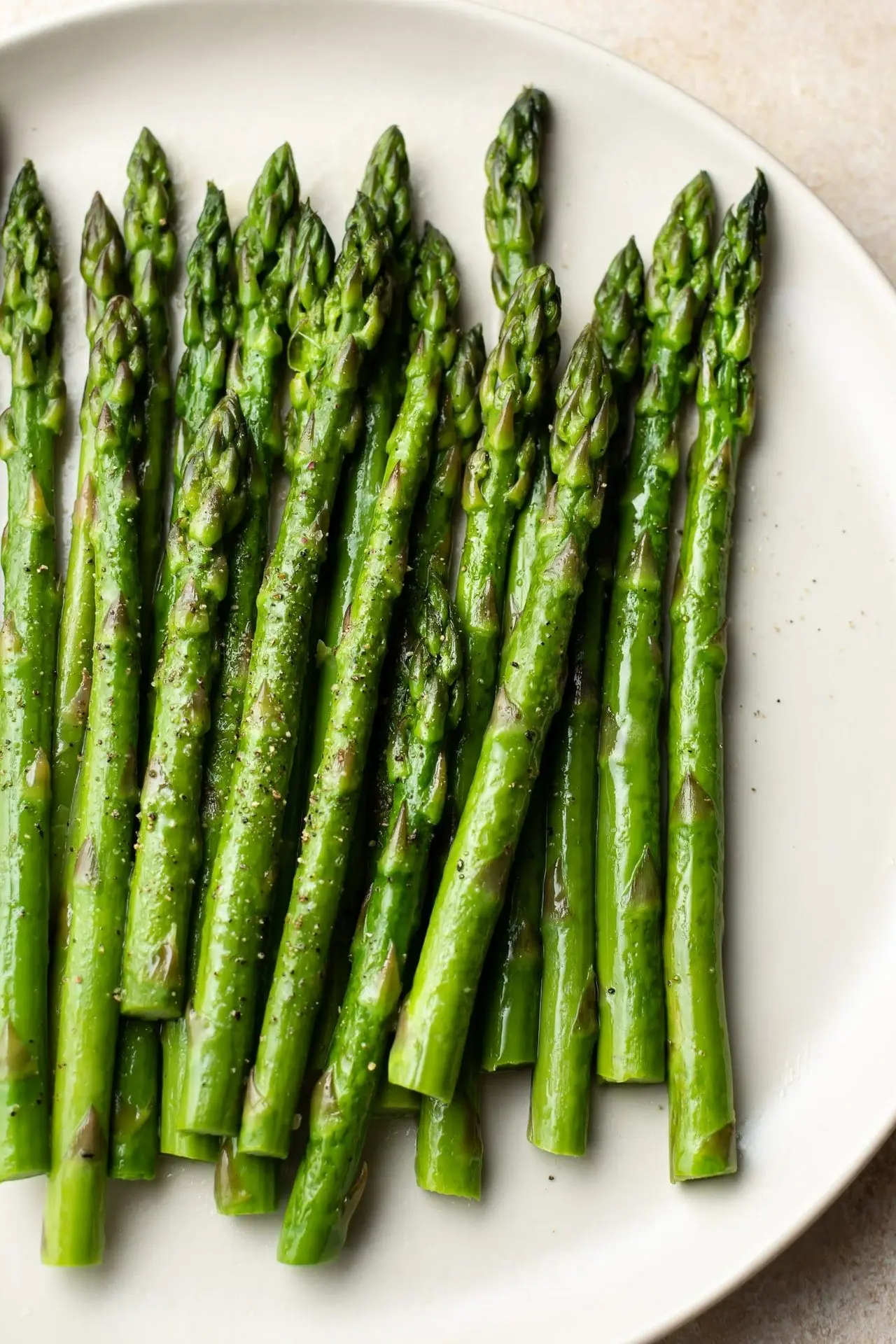Tired of battling stubborn belly fat? While a balanced diet and regular exercise form the cornerstone of any weight loss journey, incorporating specific vegetables can significantly amplify your efforts. These nutritional powerhouses are low in calories, high in vital nutrients, and possess unique properties that science suggests can help target fat around your middle.
Drawing inspiration from the image highlighting key vegetables for belly fat, we've compiled a detailed guide on how these greens and vibrant veggies work and how you can easily add them to your busy schedule.

The Science Behind Belly Fat and Vegetable Power :
Why are vegetables so effective for weight loss, particularly around the abdomen?
- Fiber Power: Soluble and insoluble fiber, abundant in vegetables, promotes satiety by absorbing water and expanding in your stomach. This helps you feel full longer, reducing overall calorie intake. Fiber also regulates digestion and blood sugar levels, preventing spikes that can lead to fat storage.
- Low Calorie Density: Most vegetables are primarily water, meaning they have very few calories per bite. You can eat a large volume to feel satisfied without consuming excessive energy.
- Metabolism Support: Certain compounds found in vegetables can influence metabolic rate and fat oxidation (burning).
- Reducing Bloat & Water Retention: Some veggies have natural diuretic properties or improve gut health, reducing temporary weight gain and the appearance of a larger belly caused by excess water or gas.
- Nutrient Synergy: The vitamins, minerals, and antioxidants in vegetables support overall health, hormone balance, and energy levels, all of which are crucial for effective weight management.
Vegetables That Help Burn Belly Fat & How to Eat Them :
1. Kale: The Fiber-Rich Satiety Superstar
Belly Fat Benefit: High fiber, low calorie.

The Science: Kale is exceptionally rich in dietary fiber, including both soluble and insoluble types. Studies show that diets high in fiber are associated with lower body weight and reduced abdominal fat accumulation. Fiber increases satiety by slowing gastric emptying and nutrient absorption. Furthermore, some research suggests compounds in kale, like bile acid sequestrants, can bind to bile acids in the digestive tract, potentially leading to increased cholesterol metabolism to produce more bile acids. While not directly "fat burning," this process relates to lipid metabolism. A study in people with metabolic syndrome found that kale powder consumption helped reduce not only LDL cholesterol but also blood pressure, fasting blood sugar, and belly fat. Busy Schedule Tips:
Busy Schedule Tips:
- Quick Smoothie Boost: Tear kale leaves into your morning smoothie. The blender breaks it down, making it easily digestible and masking any bitterness.
- Pre-washed & Bagged: Buy pre-washed, chopped kale to save time on prep. Add handfuls to soups, stews, or pasta sauces in the last few minutes of cooking.
- Kale Chips: A quick snack! Toss kale leaves with a little olive oil and salt, bake until crispy (5-10 mins).
2. Spinach: The Metabolism & Thylakoid Treasure
Belly Fat Benefit: Boosts metabolism.
The Science: Spinach contains nitrates, which the body can convert to nitric oxide. Nitric oxide is known to improve blood flow and mitochondrial function, potentially increasing metabolic efficiency. More notably, spinach contains compounds called thylakoids. Research, including studies on individuals with obesity, has shown that supplementation with spinach-derived thylakoids, particularly when combined with exercise or a calorie-restricted diet, can positively impact metabolic health markers, including improvements in insulin sensitivity, lipid profiles, and significant reductions in fat mass and waist circumference. Thylakoids are thought to slow down fat digestion, increasing satiety hormones. Busy Schedule Tips:
Busy Schedule Tips:
- Handfuls Anywhere: Add fresh spinach to omelets, sandwiches, wraps, or quesadillas. It wilts quickly into hot dishes.
- Frozen Spinach: Keep frozen spinach on hand. It's pre-washed and chopped. Add a block to sauces, curries, or soups for an instant nutrient boost.
- Quick Salad Base: Use spinach as the base for a fast salad – just add some protein and a light dressing.
3. Cabbage: Fighting Bloat with Fiber & Gut Support
Belly Fat Benefit: Fights belly bloat.

The Science: Cabbage is high in fiber, which is essential for regular bowel movements and preventing constipation, a common cause of bloating. Its fiber also acts as a prebiotic, feeding beneficial gut bacteria. A healthy gut microbiome is increasingly linked to better weight management and reduced inflammation, which can contribute to abdominal discomfort and bloating. Cabbage also contains glucosinolates, sulfur-containing compounds that support the body's natural detoxification processes, helping to eliminate waste and potentially reducing bloat. Busy Schedule Tips:
Busy Schedule Tips:
- Pre-shredded Slaw Mix: Use pre-shredded cabbage mixes for quick slaws or to add crunch to salads and wraps.
- Quick Stir-fry Addition: Shredded cabbage cooks down fast in stir-fries.
- Simple Cabbage Soup: Make a large batch of low-calorie cabbage soup with other vegetables at the start of the week for quick meals or snacks.
4. Cauliflower: The Low-Carb, Filling Powerhouse
Belly Fat Benefit: Low-carb, filling fiber.
The Science: Cauliflower is celebrated for being remarkably low in carbohydrates compared to grains and starchy vegetables. This makes it a popular choice for low-carb or ketogenic diets, which can be effective for weight loss by promoting fat burning and managing insulin levels. Like other cruciferous vegetables, it's also a good source of fiber, contributing to satiety and helping you feel full on fewer calories. A cup of chopped cauliflower contains about 2 grams of fiber and is over 90% water, making it very low in energy density. Busy Schedule Tips:

Busy Schedule Tips:
- Cauliflower Rice: Buy pre-riced cauliflower or make a batch by pulsing florets in a food processor. Sauté it quickly as a base for bowls or stir-fries.
- Cauliflower Florets for Snacking: Keep washed florets in the fridge for a quick, crunchy snack with hummus or a light dip.
- Roasted Cauliflower: Toss florets with oil and spices and roast. It's hands-off cooking and makes a great side.
5. Broccoli: Detoxifying and Metabolism-Boosting Potential
Belly Fat Benefit: Detoxifies + burns fat.
The Science: Broccoli contains sulforaphane, a compound known for its potent detoxification properties, supporting liver enzymes crucial for processing toxins. While the "burns fat" claim is broad, some research suggests sulforaphane might influence metabolic pathways and reduce inflammation, which is often linked to obesity. Broccoli's high fiber content is key for satiety and digestive health. Some sources suggest glucoraphanin in broccoli might help boost metabolic rates. A cup of cooked broccoli offers about 5 grams of fiber for only around 55 calories. Its low glycemic index also helps prevent insulin spikes that can promote fat storage. Busy Schedule Tips:
Busy Schedule Tips:
- Steam in the Bag: Many grocery stores sell broccoli florets in microwave-safe bags for super fast steaming.
- Add to Pasta or Quinoa: Toss steamed or quickly sautéed broccoli into pasta dishes, quinoa salads, or grain bowls.
- Broccoli Florets for Snacking: Similar to cauliflower, pre-washed broccoli florets are great for dipping.
6. Asparagus: The Natural Debloating Diuretic
Belly Fat Benefit: Natural diuretic.
Belly Fat Benefit: Natural diuretic. The Science: Asparagus's diuretic effect is attributed to compounds like the amino acid asparagine. Diuretics help the body eliminate excess fluid and salt through increased urination, which can reduce water retention and lessen the appearance of bloating. While this is a temporary effect on weight, it contributes to a flatter look. Asparagus is also a good source of fiber (about 2.8g per cup) and prebiotics like inulin, which support a healthy gut microbiome and promote regularity, further aiding in reducing bloating. Busy Schedule Tips:

Busy Schedule Tips:
- Quick Roast: Toss asparagus spears with olive oil, salt, and pepper and roast at high heat for 8-10 minutes.
- Grill Alongside Protein: Throw asparagus on the grill for a few minutes when you're cooking chicken or fish.
- Add to Scrambled Eggs or Omelets: Snap off the tough ends and quickly sauté chopped asparagus before adding your eggs.
7. Zucchini: Hydration and Volume Without the Calories
Belly Fat Benefit: (Implied from presence) Hydrating, low calorie, filling fiber.
Belly Fat Benefit: (Implied from presence) Hydrating, low calorie, filling fiber. The Science: Zucchini is composed of over 90% water and is extremely low in calories (around 17 kcal per 100g). This high water content and low energy density make it an excellent "volume food" – you can eat a lot of it to feel full without consuming many calories, which is fundamental for creating a calorie deficit needed for weight loss. It also contains fiber (about 1g per 100g), contributing to satiety and digestive health. Its low-carb nature is also beneficial for managing blood sugar. Busy Schedule Tips:

Busy Schedule Tips:
- Zoodles (Zucchini Noodles): Use a spiralizer (or buy pre-spiralized) zucchini for a quick pasta alternative. Sauté lightly and top with your favorite sauce.
- Grate into Dishes: Grate zucchini into meatballs, burger patties, muffins, or sauces for added moisture and nutrients. It often goes unnoticed.
- Quick Sauté or Grill: Slice zucchini and quickly sauté or grill for a simple side dish.
8. Bell Peppers (Red): Vitamin C and Metabolism Support
Belly Fat Benefit: (Implied from presence) Metabolism support (due to Vitamin C and trace capsaicin).
Belly Fat Benefit: (Implied from presence) Metabolism support (due to Vitamin C and trace capsaicin). The Science: Red bell peppers are an exceptional source of Vitamin C, an antioxidant crucial for many bodily functions, including metabolism. Some research suggests that individuals with adequate Vitamin C levels may oxidize (burn) more fat during exercise. While milder than chili peppers, bell peppers do contain trace amounts of capsaicinoids, the compounds that give peppers their heat. Studies on capsaicin have shown potential to slightly increase metabolic rate, boost fat burning (particularly abdominal fat), and reduce appetite, although these effects are more pronounced in spicier varieties and when consumed regularly. Red peppers also add vibrant color and flavor without many calories. Busy Schedule Tips:
Busy Schedule Tips:
- Ready-to-Eat Strips: Slice bell peppers at the start of the week for quick snacking, adding to salads, or dipping.
- Fajita Prep: Slice peppers and onions ahead of time for quick weeknight fajitas or stir-fries.
- Add to Scrambles or Frittatas: Dice bell peppers and toss them into egg dishes.
9. Cucumber: The Ultimate Hydrator & Debloater
Belly Fat Benefit: (Implied from presence) Natural diuretic (mild), hydration.
The Science: Cucumbers are almost entirely water (about 95%), making them incredibly low in calories and fantastic for hydration. Staying well-hydrated is vital for overall health and can support metabolism. While a mild diuretic, their high water content helps flush out excess sodium, which reduces water retention and the puffy look of bloating. They contain a small amount of fiber in the skin, aiding digestion.
Busy Schedule Tips:
- Cucumber Slices Ready to Go: Wash and slice a cucumber to keep in a container in the fridge for easy snacking or adding to water.
- Quick Salad Component: Chop cucumber and add to any salad or grain bowl for freshness and crunch.
- Cucumber Water: Add slices to your water bottle for a refreshing, hydrating drink.
Maximizing Your Results: Beyond the Veggies
Including these vegetables is a powerful step, but for sustainable belly fat loss, remember to combine it with:
- A calorie-controlled diet: Focus on whole, unprocessed foods, lean proteins, and healthy fats.
- Regular physical activity: Aim for a mix of cardio and strength training.
- Adequate sleep: Prioritize 7-9 hours per night.
- Stress management: Find healthy ways to cope with stress.
Conclusion: Embrace the Power of Produce for a Flatter Tummy
The science is clear: incorporating a variety of vegetables, especially those rich in fiber, low in calories, and offering unique metabolic or debloating benefits like kale, spinach, cabbage, cauliflower, broccoli, asparagus, zucchini, bell peppers, and cucumber, can be a game-changer in your quest to burn belly fat. By understanding their specific advantages and utilizing simple strategies to fit them into your busy routine, you can nourish your body, feel more satisfied, and move closer to achieving your weight loss goals. Start adding more of these incredible veggies to your plate today!